 The Journal of the British Astronomical Association
The Journal of the British Astronomical Association
Volume 114, No.3: 2004 June
Contents
On this page: Notes and News / Articles / Observers' Forum / Reviews /
Meetings / BAA Update
Volume 114, No.3: 2004 June
On this page: Notes and News / Articles / Observers' Forum / Reviews /
 The Journal of the British Astronomical Association
The Journal of the British Astronomical Association Contents
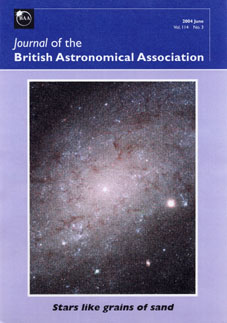

This image of the central portion of the nearby spiral galaxy NGC 300, taken with the Advanced Camera for Surveys on the Hubble Space Telescope, shows myriads of stars in the galaxy separately resolved. NGC 300 is a member of the nearby Sculptor group of galaxies, at a distance of 6.5 million light-years, making it one of the Milky Way's closer neighbours. Only the brightest stars in the galaxy can be resolved from the ground. NASA, ESA, and The Hubble Heritage Team (AURA/STScI); F. Bresolin (Institute for Astronomy, University of Hawaii).
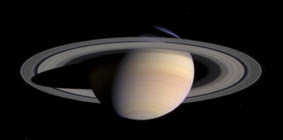
 Notes and News
Notes and News Observing the Transit of Venus (John Mason) / A new Director and a new nebula (Stewart Moore) / From the President (Tom Boles) / Aurora Section (R. J. Livesey) / Campaign for Dark Skies: the ODPM sees the light! (Bob Mizon) / Janet Akyuz Mattei (1943-2004) (Roger Pickard) / Solar Section (Geoff Elston) / Cassini is almost home (NASA/JPL/SScI)
The aurora in 2002... R. J. Livesey
Simultaneous transits ... J. Meeus & A. Vitagliano
Emergence of low relief terrain from shadow: an explanation for some TLP ... Raffaello Lena & Anthony Cook
Elmer Reese's pre-discovery of the internal circulation of the Great Red Spot on Jupiter ... Walter H. Haas
Main articles
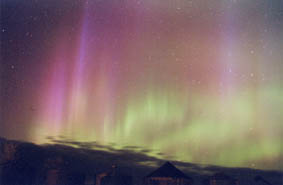

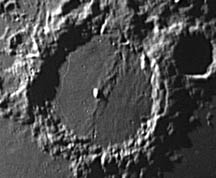
![]()
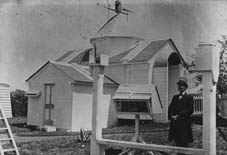 John Tebbutt and observational astronomy at Windsor Observatory ... Wayne Orchiston
John Tebbutt and observational astronomy at Windsor Observatory ... Wayne Orchiston
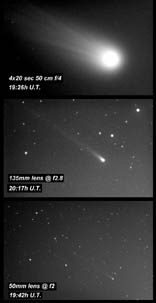
 Visual observation of comets ... Jonathan Shanklin
Visual observation of comets ... Jonathan Shanklin
 Nova patrolling ... Guy M. Hurst
Nova patrolling ... Guy M. Hurst
(Copies of any of these articles may be ordered from the BAA office.)

(Here is an easy way to obtain your astronomy books, and help the BAA at the same time! Any books or other goods, including electronic equipment and music, ordered from Amazon after following a link from this site - not just books reviewed here - will generate a small commission for the BAA.)
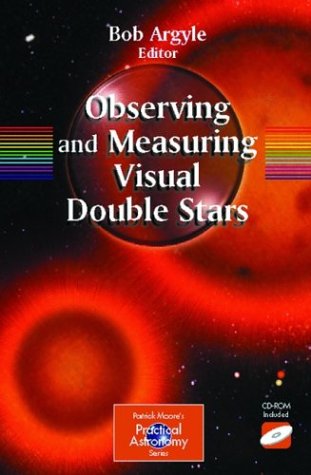
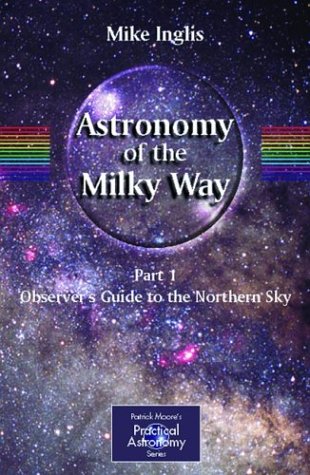
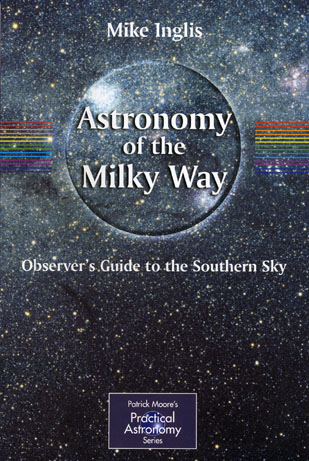
![]()
Astronomy of the Milky Way, by Mike Inglis. Springer-Verlag, 2004. reviewed by Stewart Moore
Volume I: The Northern Sky. ISBN 1-85233-709-5. Pp xiii + 242 (pbk), £19.95.
Volume II: The Southern Sky. ISBN 1-85233-742-7. Pp xiii + 236 (pbk), £19.95.
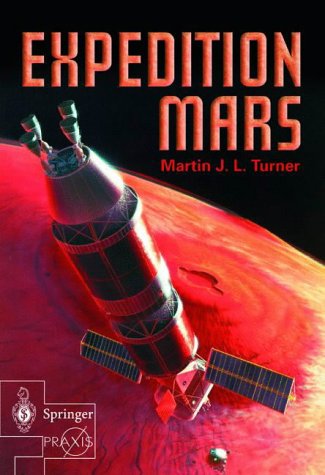
![]()
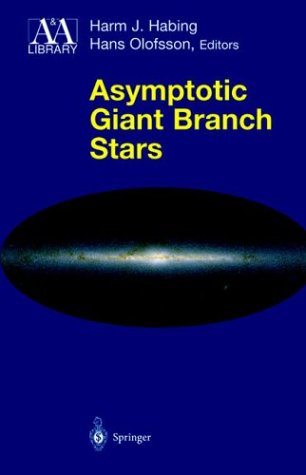
![]()
Search for all your reading needs at 

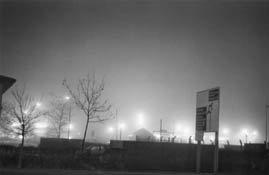
 The BAA Campaign for Dark Skies: Fifteen years on
The BAA Campaign for Dark Skies: Fifteen years on
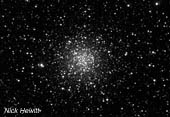
 Sky notes for 2004 June & July
Sky notes for 2004 June & July
A copy of this or any recent issue of the Journal may be ordered from the BAA office. Back to top of page